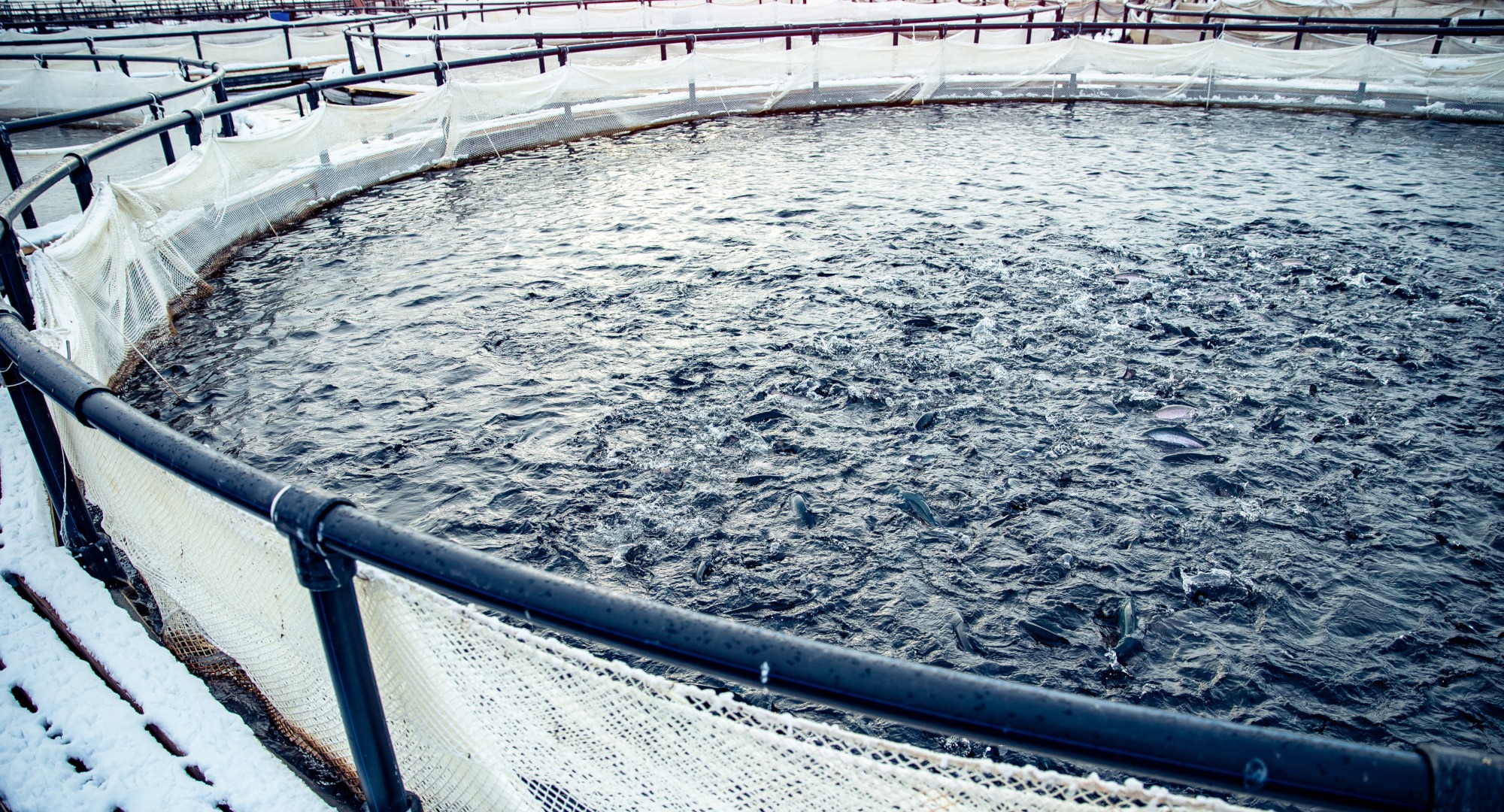Identification of Genetically Superior Traits in Aquaculture Fish using SNP Array
KEY INFORMATION
TECHNOLOGY OVERVIEW
This technology is a 70k Axiom Single Nucleotide Polymorphism (SNP) array for two common food fish species in Singapore – Asian seabass/Barramundi and red snapper.
Red Snapper
This technology offers a SNP array designed for red snapper, featuring 70,774 SNPs identified through advanced bioinformatics pipelines. The array incorporates 130 monomorphic SNPs associated with 13 critical pathogens, including ‘Big Belly’ disease, Vibrio virus, Scale Drop virus, Streptococcus iniae, Megalovirus and Iridiovirus. It allows researchers and aquaculture companies to genotype red snapper and gain simultaneous insights into the presence of these pathogens. The key problem addressed is the lack of integrated tools for both genetic analysis and pathogen screening in aquaculture, which can hinder effective breeding and health management strategies. The primary users are researchers in fish genetics and aquaculture practitioners looking to enhance breeding programs and monitor fish health efficiently.
Barramundi
This technology provides a SNP array for barramundi with 70,182 finalized SNPs derived from a diverse set of datasets, including whole genome re-sequencing and RADseq. It features SNPs associated with growth traits, disease resistance, omega-3 content, and diagnostic markers for 10 barramundi pathogens. This array addresses the need for a comprehensive tool that supports both genetic improvement and disease monitoring in barramundi aquaculture. By offering integrated pathogen detection at no extra cost, it supports effective management of fish health and optimizes breeding strategies. The technology is targeted at researchers and aquaculture companies aiming to advance barramundi breeding programs and enhance fish health management practices.
TECHNOLOGY FEATURES & SPECIFICATIONS
- Use of these SNP chips in breeding programs by farmers and breeding centres will aid in the identification of fish which are genetically superior in terms of aquaculture traits such as faster growth, nutritional profile and disease resistance. This will thus ensure not only a good, uniform quality but also a good quantity of fingerlings.
- Sample collection entails simple tail fin clip and analyses would take 1-2 weeks.
POTENTIAL APPLICATIONS
Aquaculture: Both the red snapper and barramundi SNP arrays are crucial for improving fish breeding programs. They would facilitate selective breeding by identifying desirable genetic traits and enhancing growth rates, disease resistance, and omega-3 content in farmed fish. The arrays also support pathogen surveillance, allowing for the detection of infections early and improving overall fish health management. It will also aid in identifying superior broodstock for producing high quality fingerlings for local production at fish farms as well as can be exported to neighbouring countries
Research: These technologies are valuable tools for researchers studying fish genetics, evolutionary biology, and disease mechanisms. They can be used to explore genetic diversity, traceability of fish populations, and the impact of pathogens on aquatic species.
Unique Value Proposition
This is an industry-applicable tools to aid future breeding processes and the continuation for genetic improvement of important fish species needed to supply high quality and uniform aquaculture produce.
The unique value propositions of the red snapper and barramundi SNP arrays lie in their dual functionality and comprehensive coverage. Unlike current state-of-the-art technologies, which typically focus on either genetic selective breeding or pathogen detection, these arrays integrate both capabilities into a single tool. For the red snapper array, the inclusion of 130 pathogen-specific SNPs allows for simultaneous genotyping and pathogen screening, offering a holistic approach to fish health management. Similarly, the barramundi array not only supports genetic improvement for traits such as growth and disease resistance but also detects infections from 10 critical pathogens. This integration enhances the efficiency of aquaculture operations by streamlining genetic and health assessments, reducing the need for separate diagnostic tools. Compared to existing solutions, these arrays offer a more comprehensive and cost-effective approach, addressing both genetic and health management needs in a unified platform. This advancement simplifies workflows for researchers and aquaculture operators, ultimately leading to improved breeding outcomes, better disease control, and more sustainable fish farming practices.

